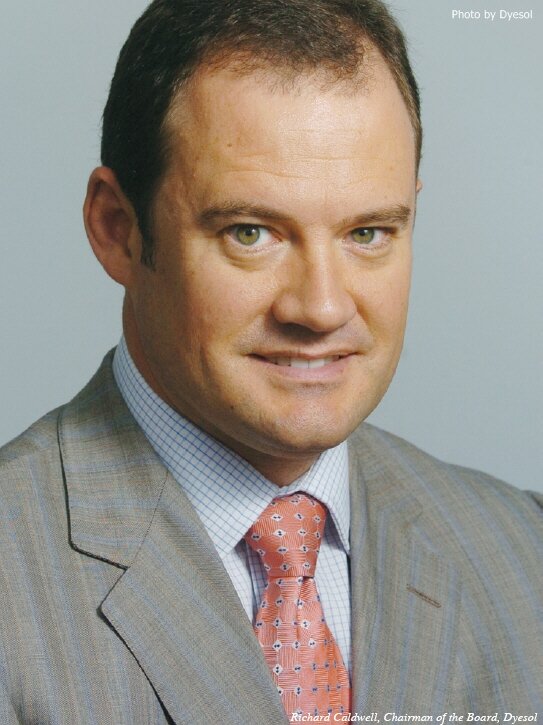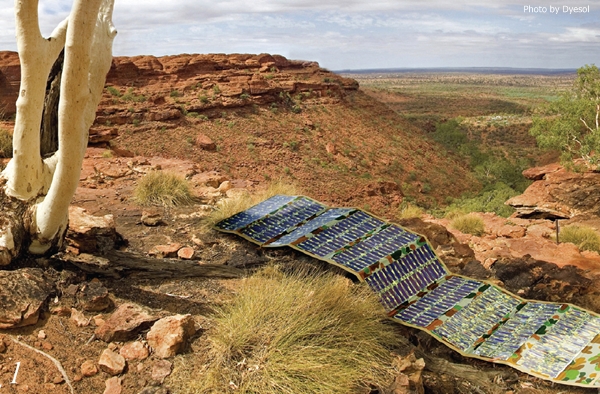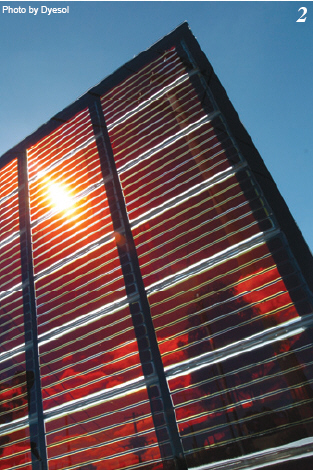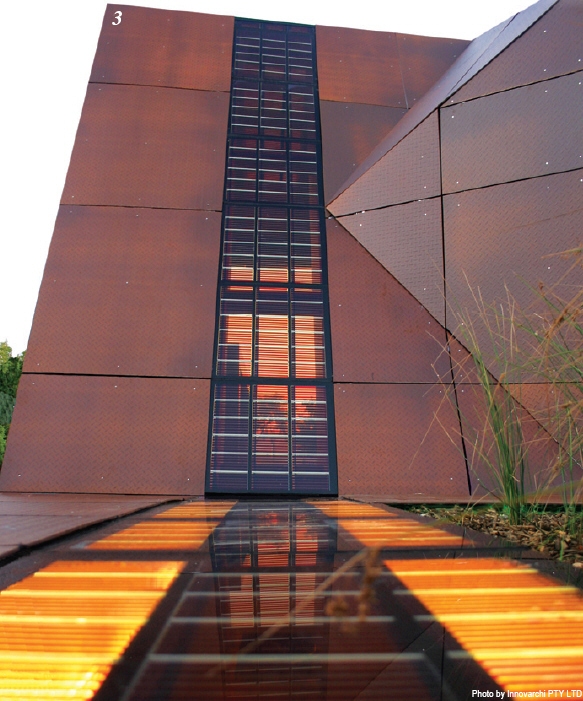Reported by Jeanny Lim (swied@infothe.com)

Dyesol is recognized as one of the world’s leaders in dye-sensitized solar cell products and technology. Why did Dyesol decide to enter the dye-sensitized solar cell market?
Dye Solar Cell (DSC) addresses the limitations faced by 2nd generation technologies. DSC operates in real-light conditions, uses lower input or embodied energy and is suitable for the built-environment, being the only truly building integrated photovoltaic technology. Most importantly, the Levelised Cost of Energy (LCOE) is forecast to be grid competitive.
 You’re been playing a key role in taking dye-sensitized solar cell, the third generation solar technology, out of the laboratory and into marketplace. What kind of challenges have you had to tackle in industrializing and commercializing this technology? You’re been playing a key role in taking dye-sensitized solar cell, the third generation solar technology, out of the laboratory and into marketplace. What kind of challenges have you had to tackle in industrializing and commercializing this technology?
We had to overcome the problems caused by limited access to risk capital, limited access to quality human capital and ignorance, scepticism and criticism, especially from vested interests..jpg)
You’ve recently announced the collaboration with Pilkington NA to form a new company, DyeTec Solar (DTS). DTS is expected to develop and deliver solutions for mass manufacture of BIPV (Building Integrated Photovoltaics), AIPV (Automotive Integrated Photovoltaics), as well as interior PV generating glass-based products, powered displays and security devices. What kind of impact do you think this joint venture will have on your business?
We are very pleased with all aspects of this arrangement. We have a high-quality partner, a versatile platform technology business model and a huge local North American market to address. Pilkington NA has a history of producing innovative, high-specification glass and that will help overcome all hitherto existing technological challenges. Successfully addressing the facade market is the biggest emerging opportunitiy in renewable technologies.
What have you been doing to grow your presence in the international solar arena?
Dyesol has an international shareholder register with a significant number of international retail and wholesale investors on its register. This has been achieved principally by investing in an international physical presence and promoting the science and investment opportunity in tandem. Dyesol also hosts the world renowned DSC Industrialisation Conference, which is now in its 5th year.
Dyesol has recently appointed Clemens Betzel as the new global chief executive officer responsible for global operations of the Dyesol Group of companies. Under his leadership, what will Dyesol strive to achieve?
Dyesol is transitioning from a founder-owned and controlled R&D company to one strongly focused on commercialization and earnings. That means introducing professional experienced management. The new management will focus on supply chain management, revenue capture and financial risk management. The technology is now largely proven and we are seeking to make a return for our highly valued investors.




What is your priority in the near future?
Near-term milestones for the company are formalization of a European auto project, confirmation of grant funding for our North American glass project and commencement of the Beta or Scale-Up phase of the North Wales steel project.
How do you evaluate your performance last year and how much growth do you expect for this year?
We can always do better. That said, small companies are more appropriate and efficient bearers of technology commercialization risks. Last year was not about new business creation, but about substantiation of existing or strongly anticipated deals.
Could you update us on some of the breakthroughs and developments in dye-sensitized solar cell technology?
Some of the breakthroughs are commercially sensitive and remain confidential. The leap in know-how accomplished in partnerships is staggering. In the Corus project, for example, we have two very complementary teams about to revolutionize the way we capture and consume energy in the built environment. That requires a very clever and novel approach to the creation of a product that is cheap, stable and long-life. To use a cliche, this is game-changing technology and we are very excited about its prospects.
What’s next at Dyesol as you strive to improve your technologies and deliver cheap ‘commodity’ PV?
Focus on next-generation technology is critical--both to remain competitive and to ensure profitability and investment returns for investment over an extended period. The roadmap for industrial DSC forecasts a 100% increase in efficiencies over the next ten years. All three critical inputs--dyes, pastes and electrolytes--are the subject of advanced R&D and have scope for performance improvement.
One of the major current downside of dye-sensitized solar cells is durability--the rate at which the photo-active dye materials can be degraded by moisture, heat, and, in some cases, strong light. How are you addressing the durability issue?
The significance of durability varies according to the substrate and the barrier layer. Importantly, durability as a critical hurdle to commercialization has now largely been overcome and has been the particular focus for in-house R&D in recent years. Once the technical solution has been discovered, the issue then becomes one of cost and that invariably relates to scale. All Dyesol projects seek to exploit the opportunity of the built environment with channel distribution partners addressing the global market.
What are your expectations for the development of the dye solar cell market in the coming years?
Internally we need to manage risk by spreading risk across multiple applications. By doing what we believe, we have the best prospects of being part of the DSC revolution which will get into full swing by 2012 and onwards. Because of its versatility, we believe DSC will secure a material share of the broader solar market which itself continues to enjoy strong growth. In the recent announcement of Professor Michael Graetzel as the winner of the Millennium Technology Award, the panelists were overwhelmed by the prospects of this technology as a cost-competitive challenger to conventional energy sources. This is the sort of first-class, independent technology validation that gets us out of bed and into the office early each day!
Jeanny Lim is Editor-in-Chief of InterPV. Send your comments to swied@infothe.com.
For more information, please send your e-mails to pved@infothe.com.
ⓒ2010 www.interpv.net All rights reserved. |



